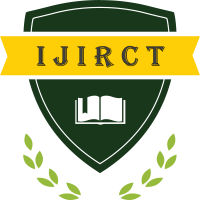Fog Computing: An Extension of Cloud Computing
Author(s): Chhaya Porwal, Chandra Prakash Singar, Puja Gupta
Publication #: 2506020
Date of Publication: 02.03.2017
Country: India
Pages: 1-9
Published In: Volume 3 Issue 2 March-2017
Abstract
Recently, cloud computing has become one of the broadest wide-spread computing paradigms, which consists of offering virtualized computing resources over the Internet on demand. There are many benefits, which include a lowered cost of operations, greater flexibility, and independence from location. On the contrary, cloud computing does have some challenges especially in terms of providing non-deterministic network latencies, security issues, and the inappropriateness of location-agnostic computation for IoT and sensor network applications. Because of these problems, fog computing arose, which is a balancing model that brings the cloud closer to the please furthermore the sources of data into the network’s edge.
The approach of fog computing centers around the deployment of active and large scale fog architectures that assist in diverse applications with time-sensitive and resource-restricted options. Fog computing is a perfect middle ground between IoT and cloud computing providing applications and services that require low latency with context awareness. With the paradigm shift between the two methods of computing, fog computing with its features and performance is going to be the core of the future computing generation.
Keywords:
Download/View Count:
Share this Article
